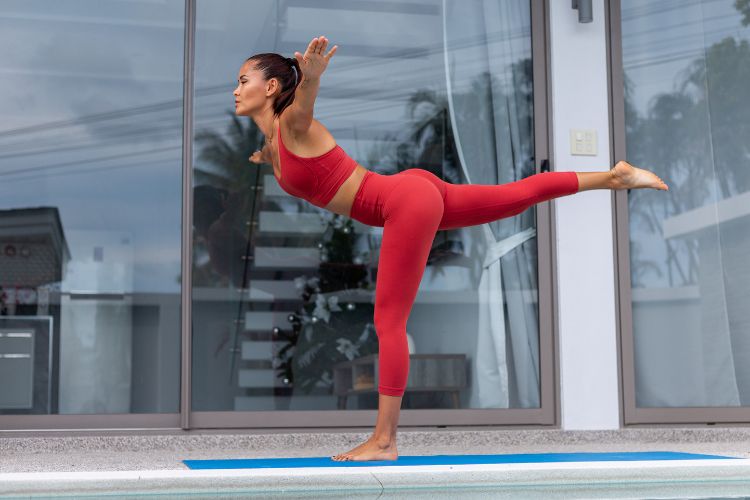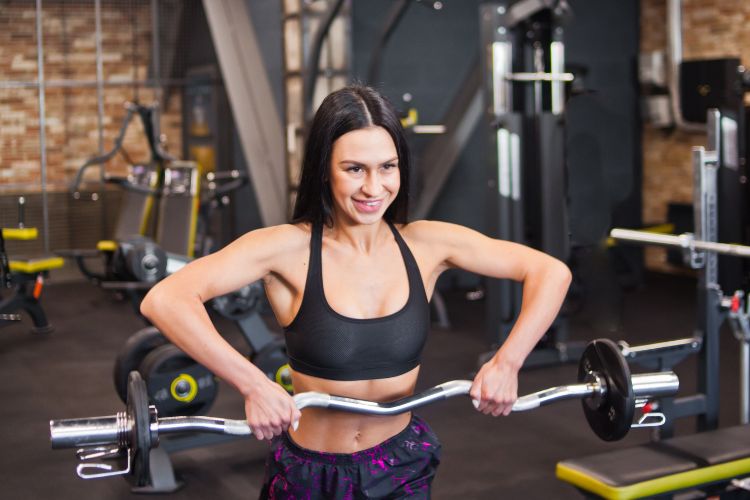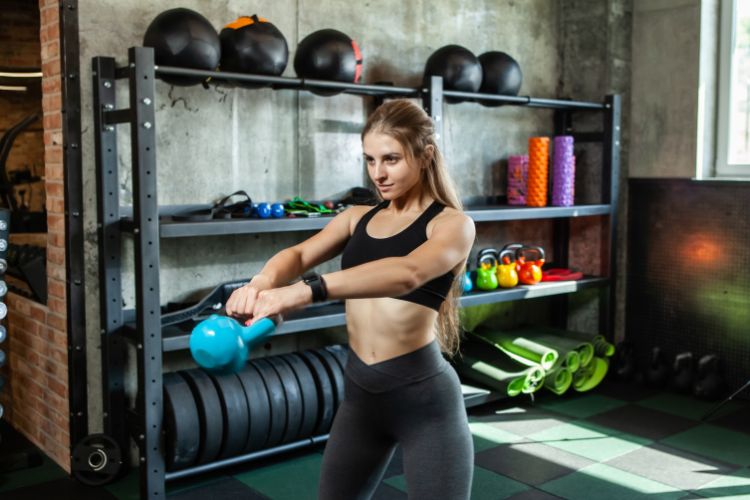Sign up for workout ideas, training advice, reviews of the latest gear and more.





Kettlebells are one of the most effective tools for building strength, improving cardiovascular fitness, and torching fat — all in a single workout. For beginners, they offer a simple way to start resistance training without needing a gym full of equipment. This comprehensive guide will walk you through everything you need to know about kettlebell workouts for beginners, from the benefits and techniques to a beginner-friendly workout plan.
Kettlebells are versatile. With just one kettlebell, you can perform exercises that work your entire body — from your legs and glutes to your core, shoulders, and arms. Unlike machines that isolate specific muscles, kettlebell movements are compound exercises that mimic real-life functional movement.
Many kettlebell exercises, like swings or cleans, combine resistance with explosive movement. This blend makes kettlebell workouts ideal for improving muscular endurance and cardiovascular conditioning at the same time, making your workouts more efficient.
Kettlebell training starts with a handful of foundational movements. Once you’ve mastered those, you can build upon them to create more complex routines. For beginners, this makes kettlebells accessible and rewarding from day one.
Choosing the right kettlebell weight is key. Go too light and you won’t get the benefits. Go too heavy and you risk injury. As a general guideline:
Your ideal starting weight depends on your fitness level, age, and experience with strength training. It’s better to start lighter to learn proper form before progressing to heavier bells.
Kettlebell movements involve momentum, especially in exercises like swings and cleans. Proper form is essential to avoid injuries. Focus on learning the hip hinge, neutral spine, and proper grip before increasing intensity.
Before you swing or press a kettlebell, warm up your muscles and joints. A dynamic warm-up with bodyweight squats, shoulder circles, and hip mobility drills will prepare your body for the workout.
Nearly all kettlebell exercises engage the core. Keep your abs braced and spine neutral throughout each movement. This not only helps in proper form but also strengthens your midsection.
Muscles worked: Glutes, hamstrings, core
The kettlebell deadlift teaches the hip hinge pattern and is the foundation for more dynamic lifts like the swing.
How to:
Muscles worked: Quads, glutes, core
This squat variation helps beginners practice depth and posture with added resistance.
How to:
Muscles worked: Hamstrings, glutes, back, shoulders, core
The kettlebell swing is a high-power, full-body exercise that builds strength and burns fat.
How to:
Muscles worked: Shoulders, triceps, core
This pressing movement builds upper body strength and teaches control.
How to:
Muscles worked: Back, biceps
This move targets the upper back and improves posture.
How to:
This full-body circuit uses fundamental kettlebell exercises and is perfect for beginners. Perform each movement for 40 seconds, rest 20 seconds between exercises, and complete the circuit 3 times.
Modify the time or reduce rounds based on your fitness level. Focus on form over speed.
For consistent progress, follow a simple 3-day weekly routine:
Rest on alternate days or do light activities like walking, yoga, or stretching.
Thanks to the combination of strength and cardio, kettlebell workouts elevate your heart rate and torch calories efficiently. You can achieve fat loss and muscle toning in short, effective sessions.
Kettlebell training focuses on compound movements that replicate real-life actions like lifting, carrying, or twisting. This builds real-world functional fitness that translates to daily activities and improved athletic performance.
The unique handle of the kettlebell naturally develops grip strength — a key factor in overall strength, joint health, and injury prevention.
Many kettlebell moves require core stability and joint control, helping improve posture, coordination, and mobility. This is especially beneficial for beginners new to movement-based training.
One of the most common mistakes is grabbing a kettlebell that’s too heavy. It compromises form, increases injury risk, and makes learning technique harder. Focus on movement mastery first.
Many beginners bend at the waist instead of hinging at the hips. This mistake can stress the lower back. Practice bodyweight hip hinges and deadlifts to master this foundational movement.
The kettlebell swing is powered by the hips, not the arms. If you’re using your arms to lift the bell, you’re missing the point. Practice the hinge and thrust before performing full swings.
Start by adding reps or sets before moving to a heavier kettlebell. For example, progress from 3 sets of 10 goblet squats to 4 sets of 12 before increasing the weight.
Once you’ve mastered individual movements, combine them into complexes — multiple exercises performed back-to-back without setting the kettlebell down. Example:
Log your reps, sets, weights, and how you feel after each session. Progress might feel slow at first, but consistency pays off. Tracking keeps you motivated and focused.
You don’t need much to get started:
Kettlebell workouts can be done at home, at the gym, or even outside in a park.
Kettlebell workouts for beginners offer a powerful mix of strength, cardio, and functional movement — all with just one piece of equipment. Whether you’re looking to lose weight, tone up, or build a strong foundation for future training, kettlebells are the perfect starting point.
With just a few key exercises and a consistent plan, you’ll start seeing and feeling results fast. Remember, form comes first, and progress follows effort. So pick up that kettlebell, move with purpose, and enjoy the journey toward a fitter, stronger you.
Stay up to date on the latest women’s health, fitness and lifestyle trends and tips.